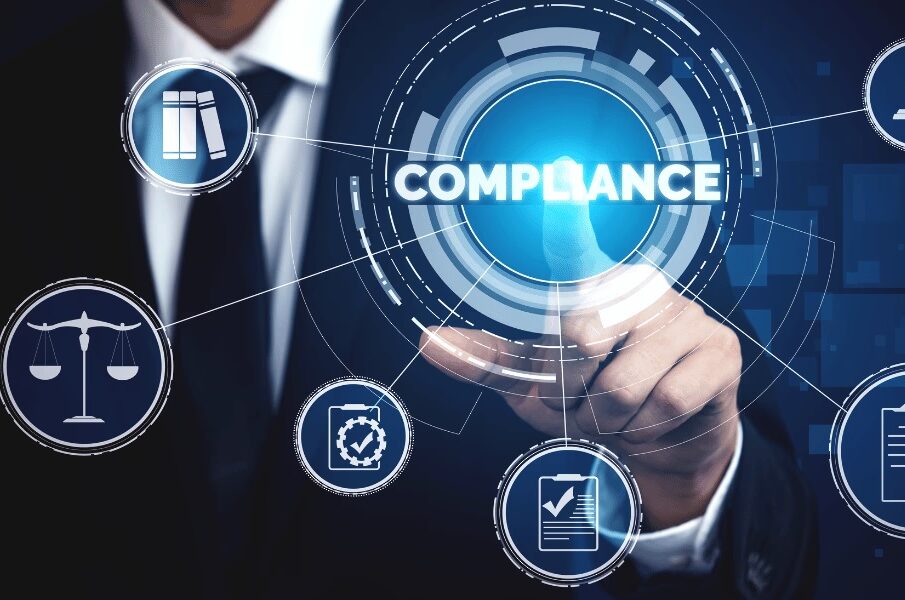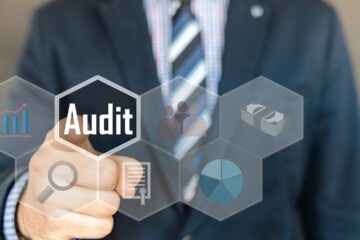Navigating the Legal Frontier: Essential AI Compliance Laws to Know in 2025

Introduction: The Age of AI Accountability
As artificial intelligence continues to evolve from experimental algorithms to embedded infrastructure in everyday business and government operations, the call for robust regulation grows louder. In 2025, AI compliance has shifted from a theoretical discussion to a concrete legal framework that companies can no longer afford to ignore. From privacy safeguards to ethical deployment, governments across the globe have introduced comprehensive AI laws designed to protect citizens, ensure fairness, and promote transparency in automated systems.
Understanding these evolving laws is critical for enterprises, developers, legal professionals, and regulators alike. This article offers an up-to-date, professional overview of the most important AI compliance laws you must know in 2025.
The EU AI Act: A Groundbreaking Regulatory Model
The European Union has taken a commanding lead in AI regulation with the implementation of the EU Artificial Intelligence Act, officially adopted in 2024 and fully enforced in 2025.
Key Features:
-
Risk-Based Framework
AI systems are classified into four categories: unacceptable risk, high risk, limited risk, and minimal risk. High-risk systems—such as those used in biometric identification or credit scoring—are subjected to strict oversight. -
Mandatory Conformity Assessments
Organizations deploying high-risk AI must conduct internal assessments to ensure their systems meet EU standards for safety, transparency, and human oversight. -
Transparency Obligations
Users must be notified when interacting with AI (e.g., chatbots or synthetic media). Deepfakes and emotion recognition tools must clearly disclose their artificial nature. -
Penalties for Non-Compliance
Fines can reach up to €35 million or 7% of global turnover, making enforcement a financial and reputational priority.
The EU AI Act sets the benchmark for global legislation and is likely to influence other countries’ regulatory approaches.
The U.S. Patchwork: Sector-Specific and State-Led Initiatives
Unlike the EU’s centralized regulation, the United States has adopted a fragmented, sector-specific approach. While no comprehensive federal law governs AI, several key frameworks and proposals shape the current landscape.
1. The Algorithmic Accountability Act (AAA) 2023
This bill, expected to be expanded in 2025, requires companies to audit AI systems that impact individuals’ rights, such as employment, credit, and healthcare decisions.
2. State-Level Legislation
-
California
Known for its privacy leadership, California’s Automated Decision Systems Accountability Act demands algorithmic impact assessments and fairness reviews for high-stakes AI tools. -
New York City
The NYC Local Law 144 mandates bias audits of AI used in hiring processes, a precedent that is inspiring similar laws in Illinois, Massachusetts, and Washington.
3. Federal AI Risk Management Framework (RMF)
Developed by NIST, the AI RMF (2023) isn’t a law but offers a practical guide for ethical AI governance. In 2025, it is increasingly referenced in legal proceedings and compliance protocols.
China’s Comprehensive AI Code
China has introduced some of the most detailed and prescriptive AI regulations to date, combining aggressive technological expansion with tight governmental control.
Highlights:
-
Generative AI Regulation (2023-24)
Platforms producing AI-generated content must ensure accuracy, avoid misinformation, and label outputs accordingly. -
Algorithm Registry Requirements
Major AI providers must file their algorithms with the Cyberspace Administration of China (CAC) and submit to audits. -
Prohibited Applications
China bans AI use that threatens social stability, state authority, or national ethics.
For multinationals operating in China, compliance is not optional. Non-compliance may result in service bans, financial penalties, or worse.
Canada and the Artificial Intelligence and Data Act (AIDA)
Set to take effect in mid-2025, Canada’s AIDA represents a hybrid between the EU’s risk-based approach and the U.S.’s transparency-first model.
Key Provisions:
-
High-Impact AI Definition
Systems with significant influence on human lives—such as facial recognition, loan approvals, or health diagnostics—are subject to enhanced scrutiny. -
Third-Party Auditing
Organizations must allow independent audits of their high-impact AI systems to confirm lawful and ethical practices. -
Public Reporting and Redress
Citizens have a legal right to inquire how AI decisions affecting them were made and request human review when necessary.
Global Principles Gaining Legal Force
Beyond national regulations, international agreements are shaping how AI compliance is harmonized across borders.
OECD AI Principles
Originally voluntary, the OECD guidelines on human-centric, transparent, and accountable AI are increasingly being codified into law by member nations.
UNESCO’s AI Ethics Framework
Adopted by 193 countries, this document underlines human rights, sustainability, and cultural diversity as core tenets for global AI governance.
ISO/IEC AI Standards
The International Organization for Standardization is formalizing technical compliance standards—such as ISO/IEC 42001—that are beginning to align with legal obligations.
Emerging Trends in AI Compliance (2025 and Beyond)
The regulatory landscape is expanding rapidly, but several consistent trends are worth noting:
-
Algorithmic Transparency is Non-Negotiable
Laws now require detailed documentation, explainability, and even “nutrition labels” for AI models. -
Human Oversight is Legally Mandated
Most laws include provisions ensuring that automated decisions can be appealed, audited, or reversed by humans. -
Bias and Fairness Testing is Routine
Regular bias audits are not just recommended—they’re legally necessary for compliance. -
Real-Time Monitoring is Expected
Static compliance at deployment isn’t enough. Systems must be monitored continuously for performance, drift, and harm.
Preparing for Compliance: Actionable Steps for Organizations
To avoid costly fines and reputational damage, organizations must proactively prepare:
-
Conduct AI Impact Assessments
-
Implement Transparent Documentation Standards
-
Engage Legal, Technical, and Ethical Experts in Governance
-
Stay Informed on Regional and International Updates
-
Build Cross-Functional AI Compliance Teams
Conclusion: Law as a Catalyst for Ethical AI
AI law in 2025 is no longer about containing a rogue technology—it’s about cultivating responsible innovation. Compliance is not merely a legal necessity but a strategic advantage. The organizations that embrace transparency, fairness, and accountability will not only mitigate risk but also gain public trust, attract ethical partnerships, and future-proof their operations. As the legal landscape continues to evolve, staying ahead means more than knowing the rules—it means understanding the values they aim to protect.













